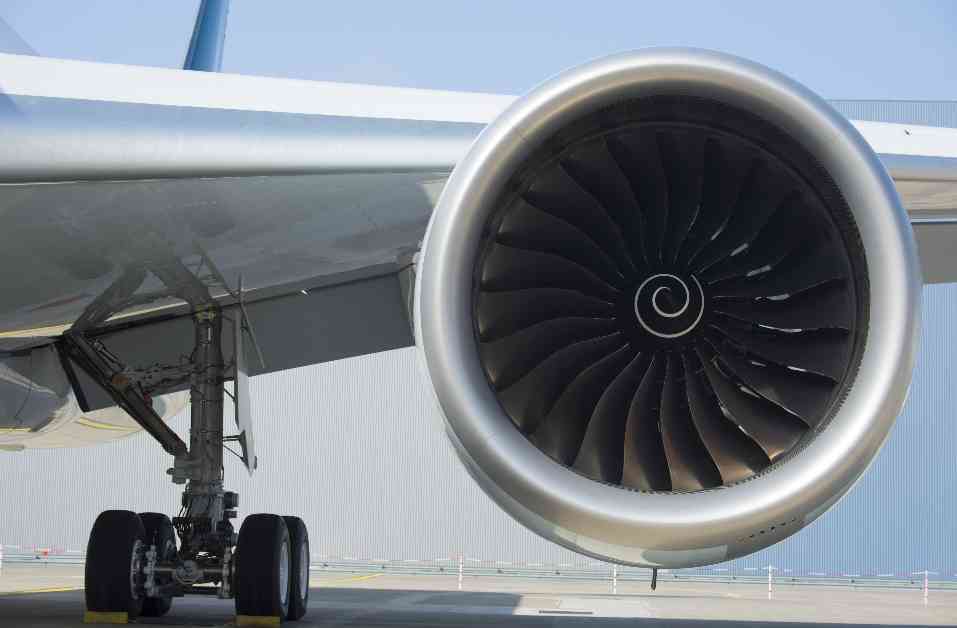On September 2nd, a Cathay Pacific Airbus A350-1000 experienced an engine incident that forced the crew to shut down the affected engine and return to Hong Kong. The incident was caused by a rupture in a Rolls-Royce XWB-97 fuel hose, which led to the discovery of damage to five other secondary fuel hoses. Investigators found black soot and burn marks in the engine core, indicating a possible engine fire.
The European Union Aviation Safety Agency (EASA) released an airworthiness directive linking the incident to a maintenance procedure that may have caused fuel manifold hose degradation. The directive requires inspections of Trent XWB engines that have undergone maintenance within a specific timeframe. Rolls-Royce, the manufacturer servicing Cathay’s fleet, is conducting precautionary inspections on a limited number of engines to address the issue.
The investigation is ongoing, with a focus on why the questionable maintenance procedure was used in a Rolls-Royce approved facility and why only one engine variant was targeted in the emergency directive. The Cathay flight involved in the incident, CX383, successfully landed without any injuries to passengers or crew, highlighting the importance of swift action in response to such incidents.
As the investigation continues, it is crucial for airlines and maintenance facilities to prioritize safety and adhere to recommended inspection procedures to prevent similar incidents in the future. The collaboration between regulatory agencies, manufacturers, and airlines is essential in ensuring the airworthiness and safety of commercial aircraft.
